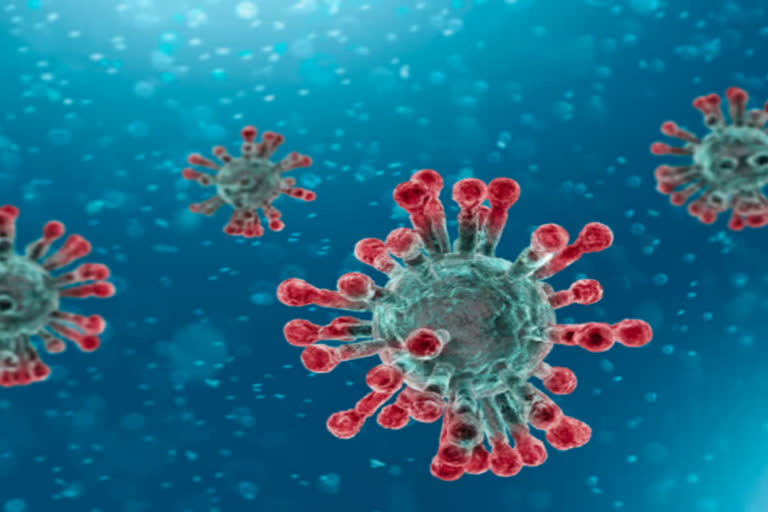London; After several studies revealed that men are more vulnerable to COVID-19 infection, evidence from a new larger research of several thousand patients shows that men have higher concentrations of angiotensin-converting enzyme 2 (ACE2) in their blood than women, a molecule that enables the novel Coronavirus to infect healthy cells in men. This may help to explain why men are more vulnerable to COVID-19 than women, according to the researchers.
The study, published in the European Heart Journal, also found that heart failure patients taking drugs targeting the renin-angiotensin-aldosterone system (RAAS), such as angiotensin-converting enzyme (ACE) inhibitors or angiotensin receptor blockers (ARBs), did not have higher concentrations of ACE2 in their blood.
"Our findings do not support the discontinuation of these drugs in COVID-19 patients as has been suggested by earlier reports," said study co-author Adriaan Voors from the University of Groningen in the Netherlands.
Also Read:"Technology will grow, India will also grow," Prof. N K Goyal, Chairman TEMA
Some recent research suggested that RAAS inhibitors might increase concentrations of ACE2 in plasma -- the liquid part of blood -- thereby increasing the risk of COVID-19 for cardiovascular patients taking these drugs.
The current study indicates that this is not the case, although it looked only at ACE2 concentrations in plasma, not in tissues such as lung tissue.
"ACE2 is a receptor on the surface of cells. It binds to the Coronavirus and allows it to enter and infect healthy cells after it is has been modified by another protein on the surface of the cell, called TMPRSS2," Voors said.
"High levels of ACE2 are present in the lungs and, therefore, it is thought to play a crucial role in the progression of lung disorders related to COVID-19," he added.
For the findings, the researchers measured ACE2 concentrations in blood samples taken from two groups of heart failure patients from 11 European countries.
There were 1,485 men and 537 women in the first group, the index cohort, which was designed to test the researchers' hypotheses and research questions. Then the researchers validated their findings in the second group of 1,123 men and 575 women, the validation cohort.
